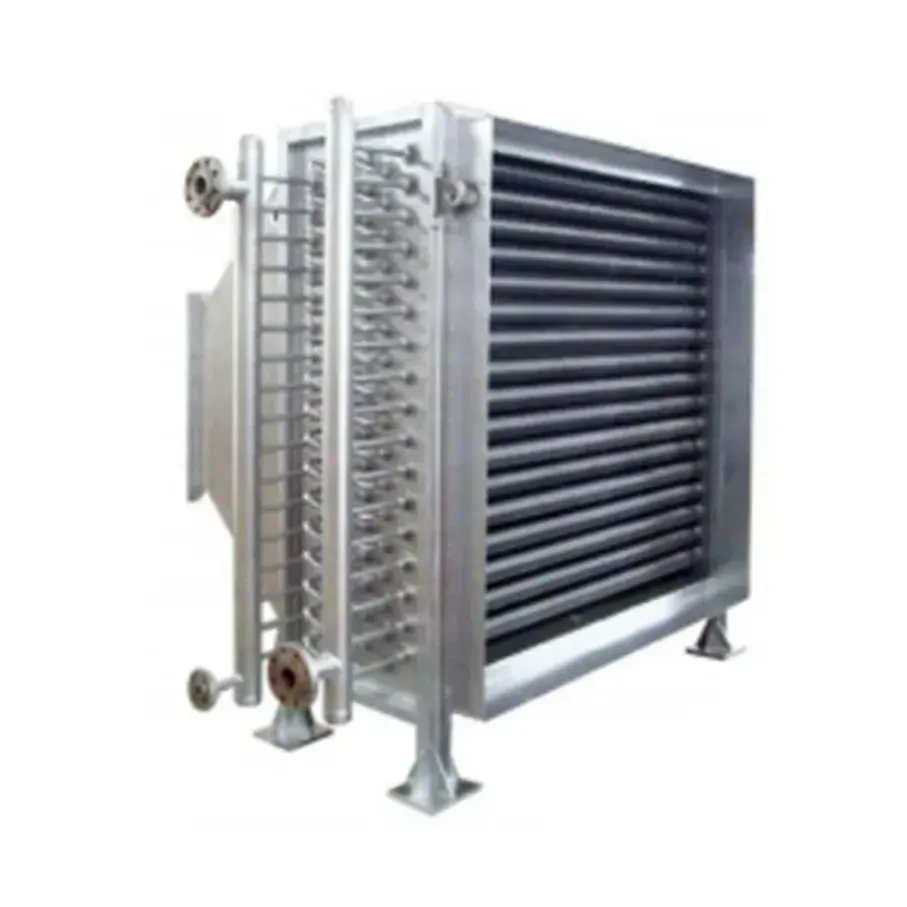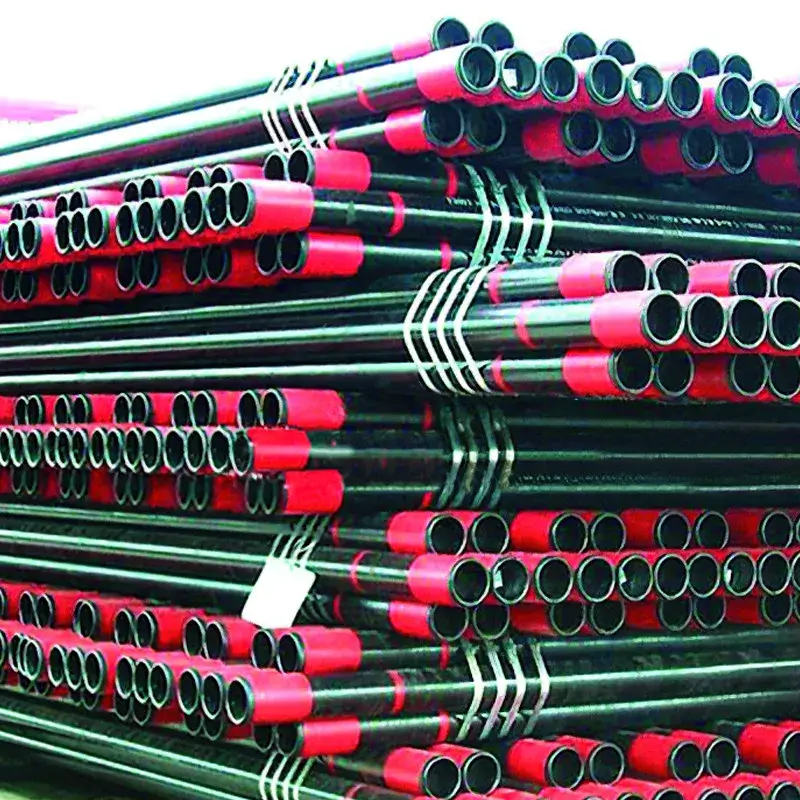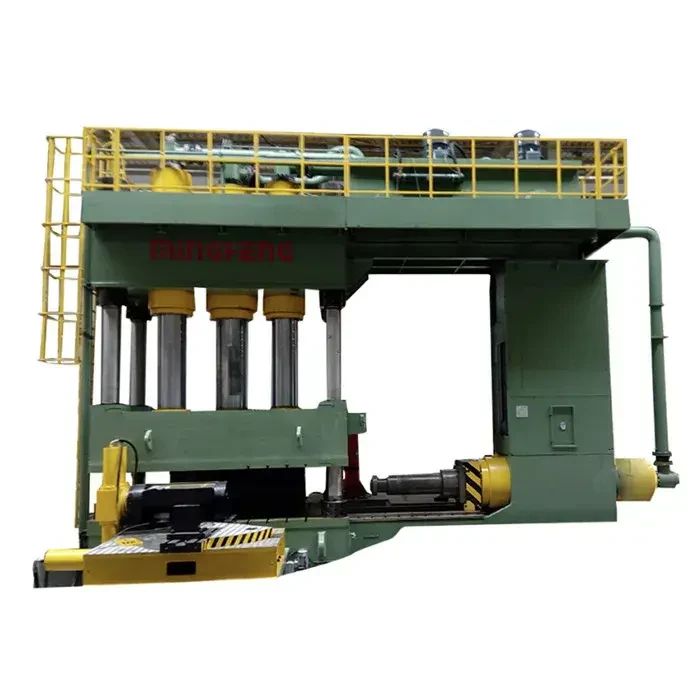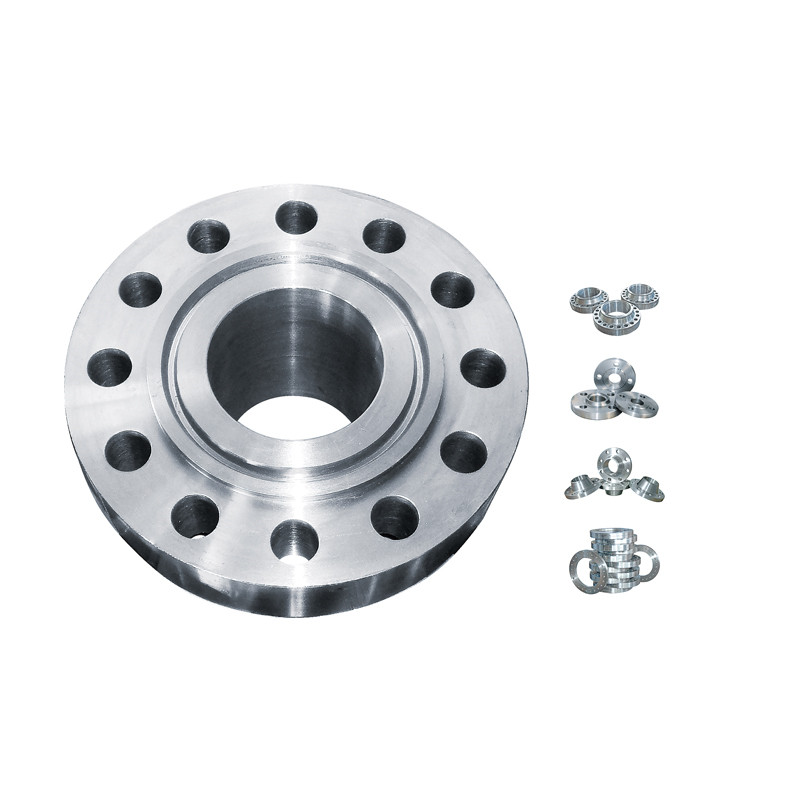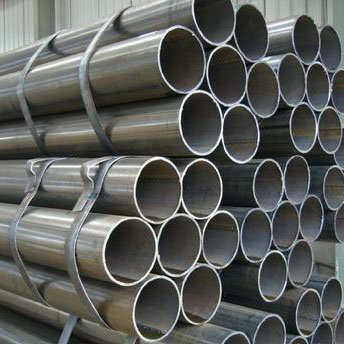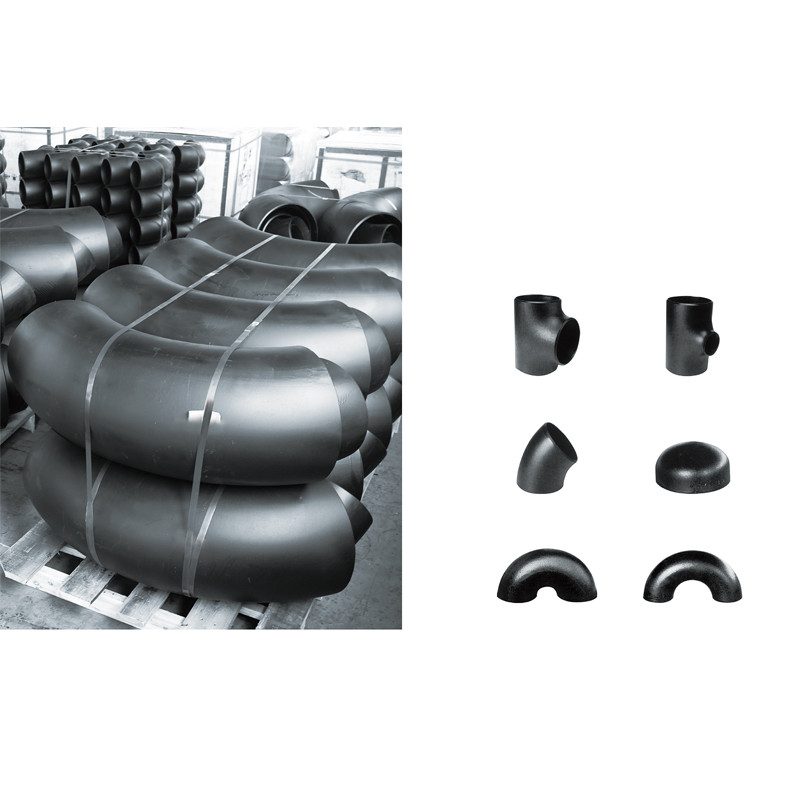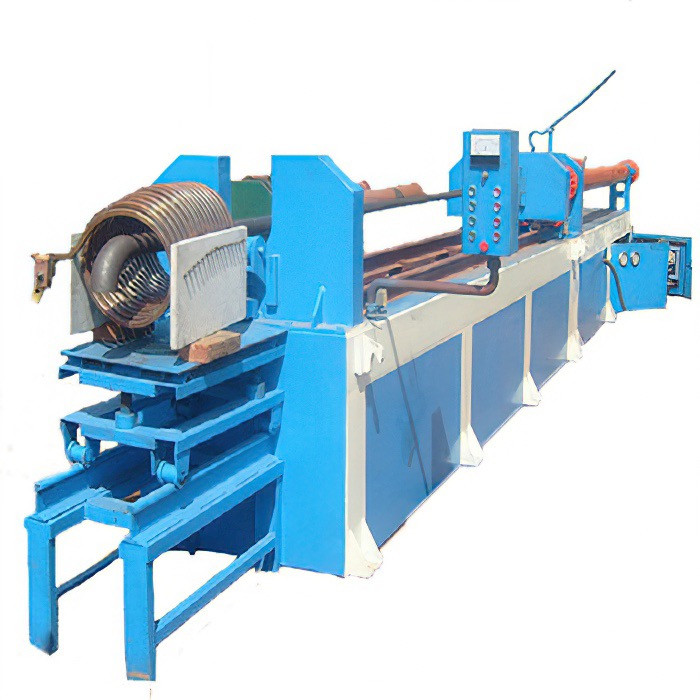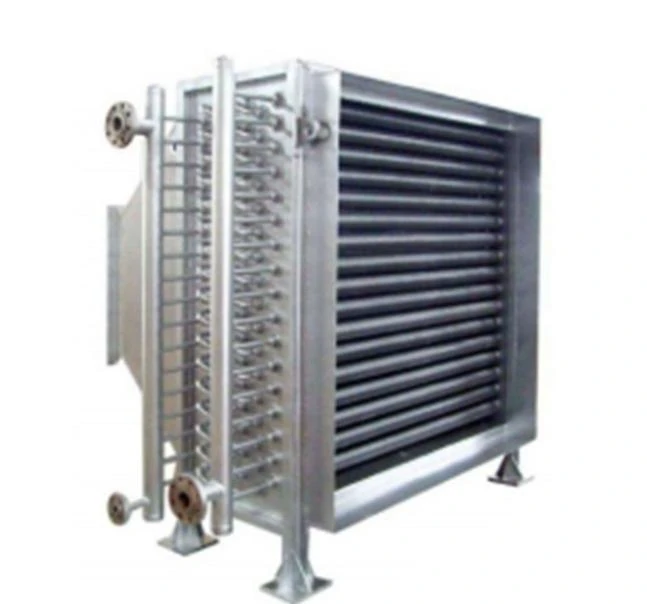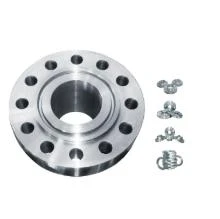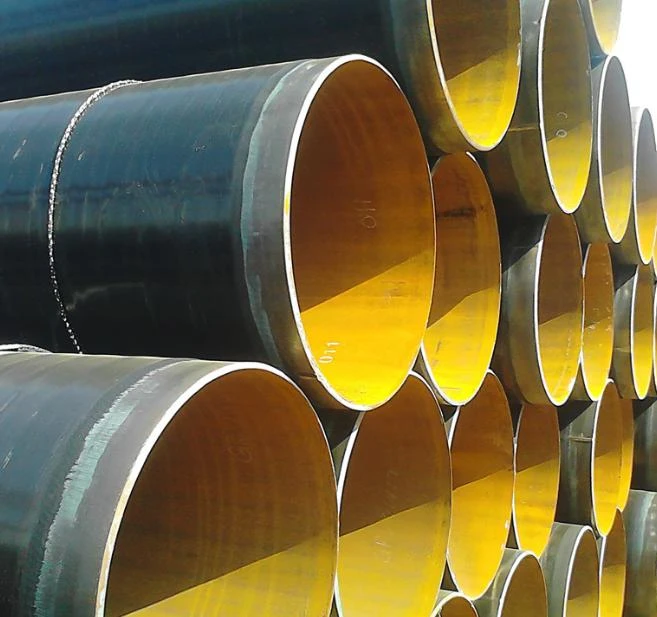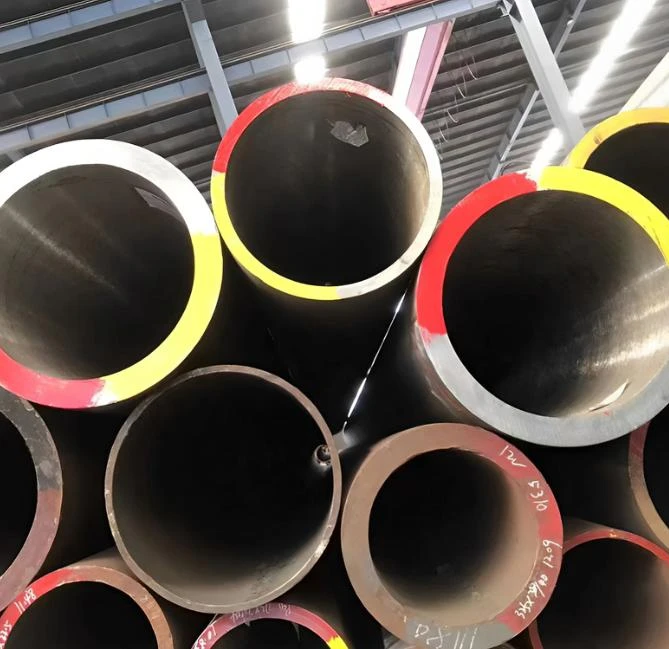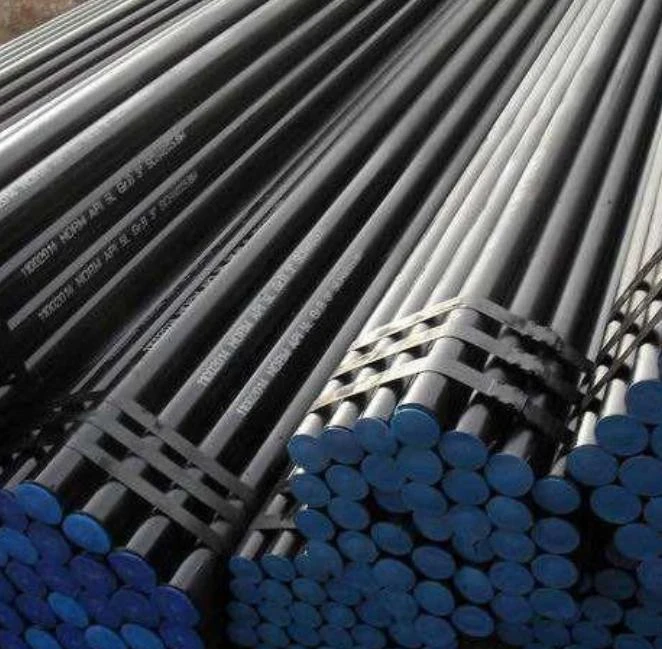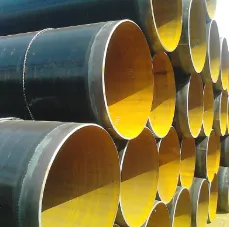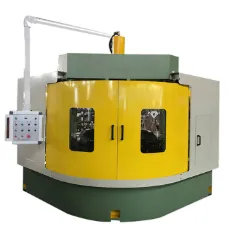- Market impact and growth drivers for duplex tubing
- Technical advantages over alternative materials
- Performance comparison between leading manufacturers
- Custom fabrication capabilities
- Industry-specific application case studies
- Quality assurance and testing methodologies
- Future industry outlook and material development
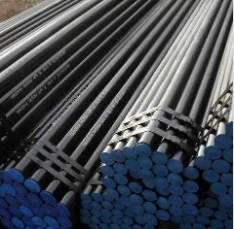
(duplex steel tube)
Understanding the Critical Role of Duplex Steel Tubes in Modern Infrastructure
Global demand for duplex steel tube
s increased by 17.3% between 2020-2023 according to Metals Strategy Group analysis, with petrochemical and offshore sectors accounting for 62% of consumption. This growth trajectory stems from unprecedented pressure containment requirements in extreme environments where standard austenitic grades falter. Duplex tubing now forms containment barriers in 78% of new subsea hydrocarbon extraction systems, reflecting its indispensable status. Project engineers increasingly specify duplex 2205 tube configurations due to their dual-phase microstructure that combines ferritic toughness with austenitic corrosion resistance. Material scientists note this balanced structure demonstrates 120% higher stress corrosion cracking threshold than 316L alternatives at 30,000 ppm chloride concentrations.
Structural Advantages of Dual-Phase Metallurgy
Super duplex steel pipe achieves pitting resistance equivalence numbers (PREN) exceeding 40, compared to maximum 27 for standard marine-grade alloys. This elevated performance originates from deliberate nitrogen infusion during electric arc refining, enhancing chloride resistance at molecular level. Independent laboratory results verify duplex tubing withstands sulfuric acid concentrations up to 20% at 60°C – conditions causing 304L failure within 150 hours. Crucially, the yield strength of 2205 duplex starts at 450 MPa, nearly double 316L's capacity, enabling wall thickness reductions averaging 35% without compromising pressure ratings. Thermal conductivity remains critical where duplex tubes transport process fluids; its 19 W/m·K rating maintains thermal efficiency comparable to carbon steel while eliminating corrosion allowances previously required.
Global Manufacturer Performance Metrics
| Manufacturer | Duplex Grades | Size Range | Delivery Lead Time | Certifications | Max Length |
|---|---|---|---|---|---|
| Sandvik | 2205, 2304, 2507 | 1/8" to 24" OD | 8 weeks | NORSOK, PED, ASME Sec IX | 18m |
| Outokumpu | 2205, LDX 2101, 2507 | 1/4" to 36" OD | 10 weeks | DNV-GL, AD2000, API 5LC | 22m |
| Tenaris | 2205, ZERON 100 | 1/2" to 18" OD | 6 weeks | ISO 15156-3, NACE MR0175 | 16m |
Tailored Fabrication Solutions
Advanced bending techniques enable complex duplex tube configurations for heat exchanger bundles, including U-tubes with 1.5D bend radii maintaining ovality within 7% tolerance. Processing facilities employ orbital welding systems with argon back-purging at <10 ppm oxygen levels to prevent sigma phase formation during joining. Metallurgists verify these procedures maintain pitting resistance at welded joints equal to parent material. Custom super duplex steel pipe designs incorporate press-fit connectors that withstand 10,000 psi cyclic loading without joint degradation. Recent developments enable powder metallurgy production of duplex tubes with specialized compositions for chloride concentrations exceeding 150,000 ppm, expanding geothermal applications.
Industry Deployment Case Studies
The Liwa Refinery expansion utilized 22 kilometers of duplex 2205 tube in seawater cooling circuits, eliminating titanium usage while saving €3.2 million in material costs. Performance data after 36 months operation shows uniform corrosion rates below 0.01 mm/year. Norwegian FPSO installations demonstrate duplex tubing resilience in umbilicals subjected to 160 bar hydrogen sulfide exposure, with zero failures recorded across 4.7 million service hours. In desalination, multi-stage flash units in Bahrain now achieve 120% design life expectancy using super duplex tubes resistant to brine-induced stress cracking. These installations validate accelerated testing protocols indicating 50-year service viability in marine environments.
Material Verification Protocols
Mandatory PMI testing employs handheld XRF analyzers calibrated to detect ±0.25% alloying element variations. All duplex tubing undergoes electrochemical testing per ASTM G48 Method A to confirm critical pitting temperature (CPT) ≥35°C. Hydrostatic testing at 150% design pressure precedes electromagnetic inspection capable of detecting flaws as small as 0.025mm depth. Batch certification includes Charpy impact testing at -40°C with minimum absorbed energy of 45J required. Quality assurance protocols now incorporate ultrasonic phased array scanning calibrated to EN ISO 10893-11 standards, providing detailed weld zone analysis.
Future Pathways for Duplex Steel Tube Technology
Research by European Stainless Steel Development Association indicates next-generation duplex grades under development will achieve PREN values surpassing 50 through strategic chromium and molybdenum adjustments. Such improvements position duplex tubing as the containment solution for increasingly aggressive subsea processing conditions anticipated in offshore exploration. Current trial installations of 27% chromium duplex tubes demonstrate zero chloride stress corrosion cracking after 18 months in hypersaline reservoirs. The material's evolution ensures continued dominance where engineers require simultaneous mechanical strength, corrosion resistance and lifecycle economy in critical fluid systems worldwide.
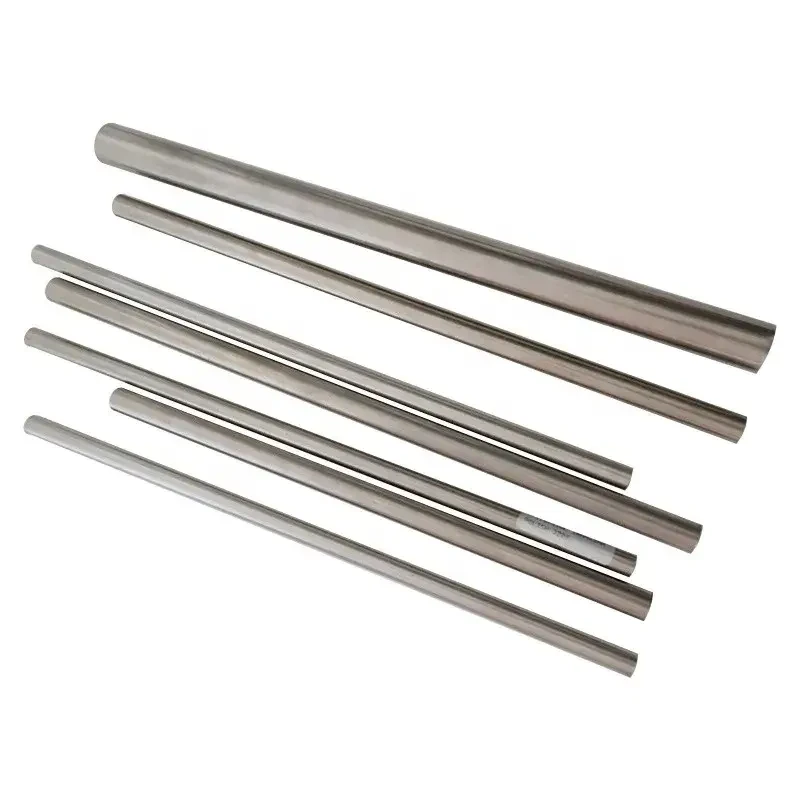
(duplex steel tube)
FAQS on duplex steel tube
Q: What is the main advantage of using duplex steel tube?
A: The key benefit lies in its unique dual-phase microstructure, offering 2X higher strength than standard austenitic steels combined with superior corrosion resistance. This makes it ideal for aggressive environments like chemical processing or offshore oil rigs while reducing material thickness requirements.
Q: How does duplex 2205 tube perform in chloride-rich environments?
A: Duplex 2205 tube excels due to its balanced austenite-ferrite structure and 22% chromium content. It resists pitting/crevice corrosion even in high-chloride settings like seawater systems, outperforming 316L stainless by 3-4X. Its PREN rating exceeds 34 for reliable service.
Q: When should I choose super duplex steel pipe over standard duplex?
A: Opt for super duplex pipes in extreme conditions requiring 25% higher strength and PREN >40. They withstand concentrated acids, elevated temperatures (up to 300°C), and hyper-chlorinated water where standard duplex 2205 may fail, making them essential for desalination plants or subsea pipelines.
Q: Can duplex steel tubes handle both high pressure and corrosion simultaneously?
A: Absolutely – this is their core specialty. The dual-phase structure provides exceptional stress-corrosion cracking (SCC) resistance at high pressures while maintaining integrity in corrosive media. This dual capability justifies their use in hydraulic systems, heat exchangers, and sour gas applications.
Q: What welding precautions apply to duplex 2205 tube installations?
A: Strict control of heat input (0.5-1.5 kJ/mm) and interpass temperature (<100°C) is critical. Use matching duplex filler metals like 2209 and purge with argon to prevent sigma phase formation. Post-weld rapid cooling preserves the 50/50 phase balance and corrosion performance.
Post time: Jun . 08, 2025 07:44


